In the realm of digital creativity, transforming textual imagination into captivating visual narratives has always been a goal pursued by artists and technologists alike. Now, this ambition has been realized by OpenAI's latest groundbreaking artificial intelligence model, Sora, which can turn simple text prompts into mesmerizing video content.
1. What is Sora?
Sora is an advanced artificial intelligence model developed by OpenAI, marking a new chapter in text-to-video generation technology. This model can understand and transform textual descriptions into dynamic videos up to one minute long, showcasing complex scenes, interactions between characters, and rich emotional expressions. From lifelike natural landscapes to vibrant city streetscapes, Sora can do it all, offering users an unprecedented level of creative freedom.
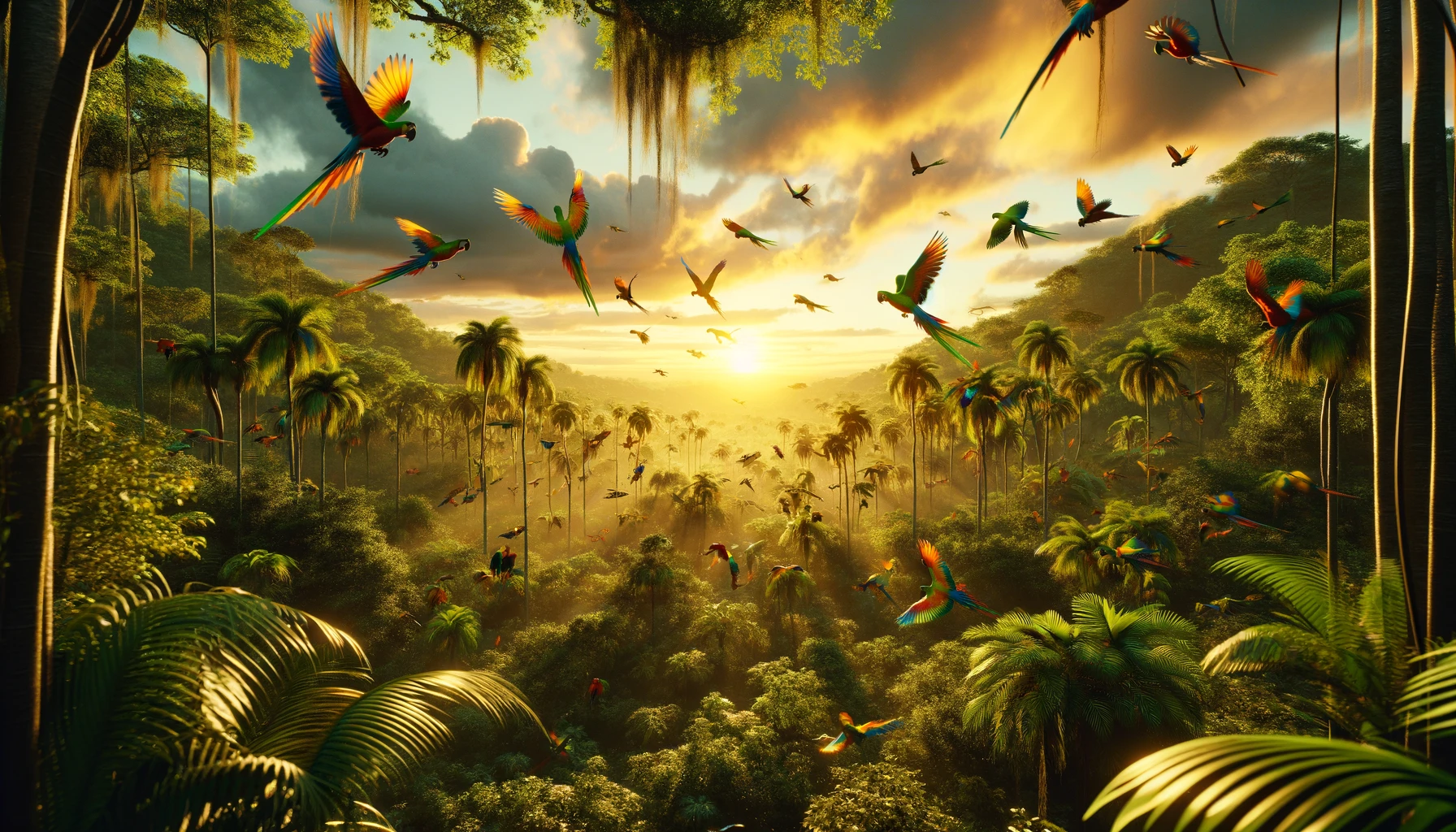
Imagine, just by entering a simple description like "a flock of parrots flying in the tropical rainforest under a golden sunset," Sora can generate a detailed video of this scene, including the colors of the parrots, the swaying of the trees, and even the warm glow of the sunset.
2. How does Sora work?
Sora operates on the principles of deep learning and extensive video data analysis. Upon receiving a text prompt from the user, such as "a couple holding hands and walking through the streets of Paris at dusk," Sora analyzes these descriptions to identify key elements like location, activity, time, and emotions.
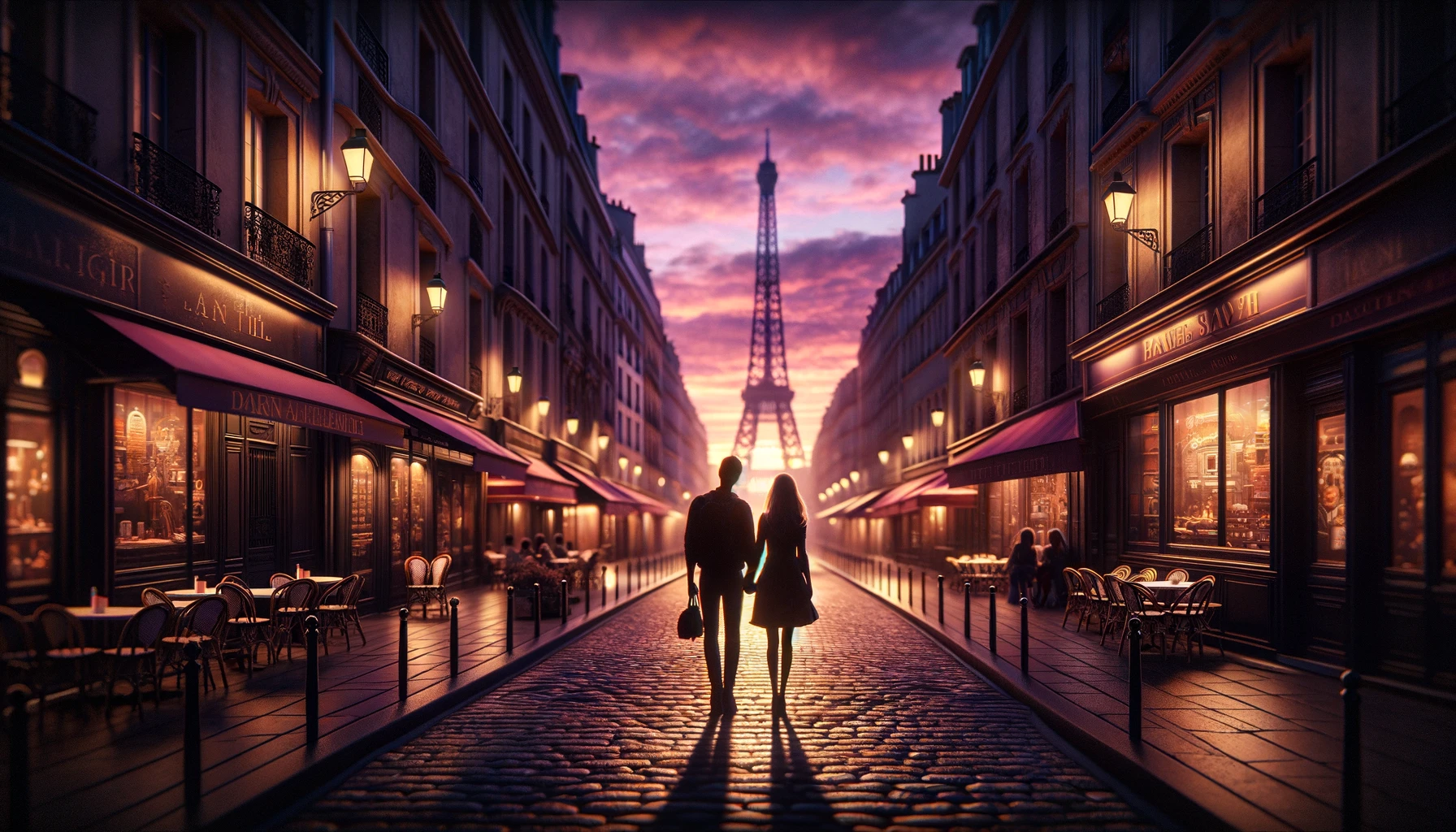
Then, utilizing its vast video database, it is able to find and integrate related visual elements, generating a coherent and dynamic video sequence through complex algorithms.
3. Why is Sora important?
The significance of Sora lies in the unprecedented freedom and flexibility it offers for digital creativity. Previously, transforming complex imaginations into video content required substantial resources, professional skills, and a lot of time. Now, Sora enables anyone to quickly turn their creative ideas into reality.
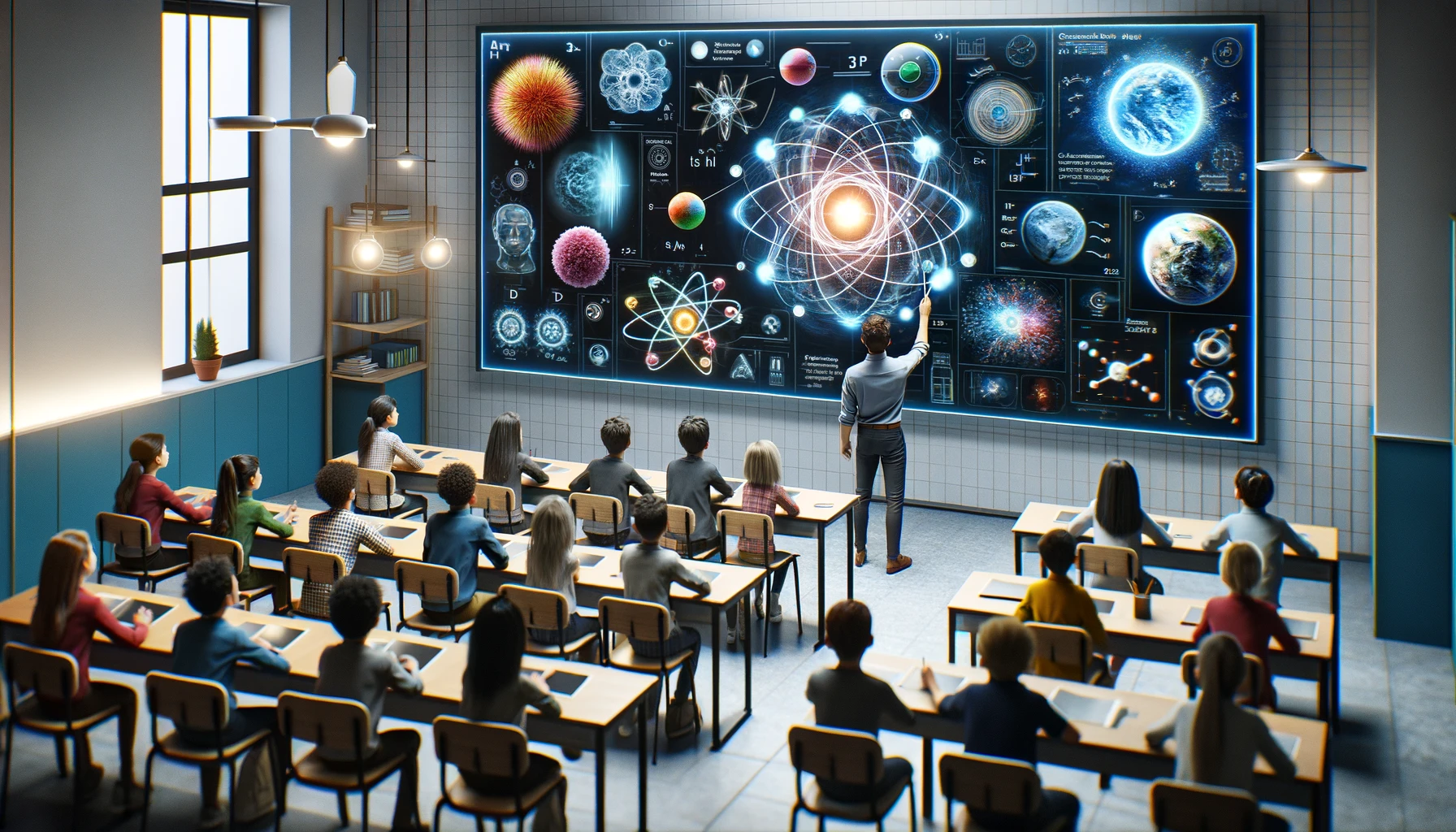
For instance, educators can use Sora to generate dynamic instructional videos, presenting abstract scientific concepts in a visualized manner to students, greatly enhancing teaching effectiveness and student engagement.
4. What are the applications of Sora?
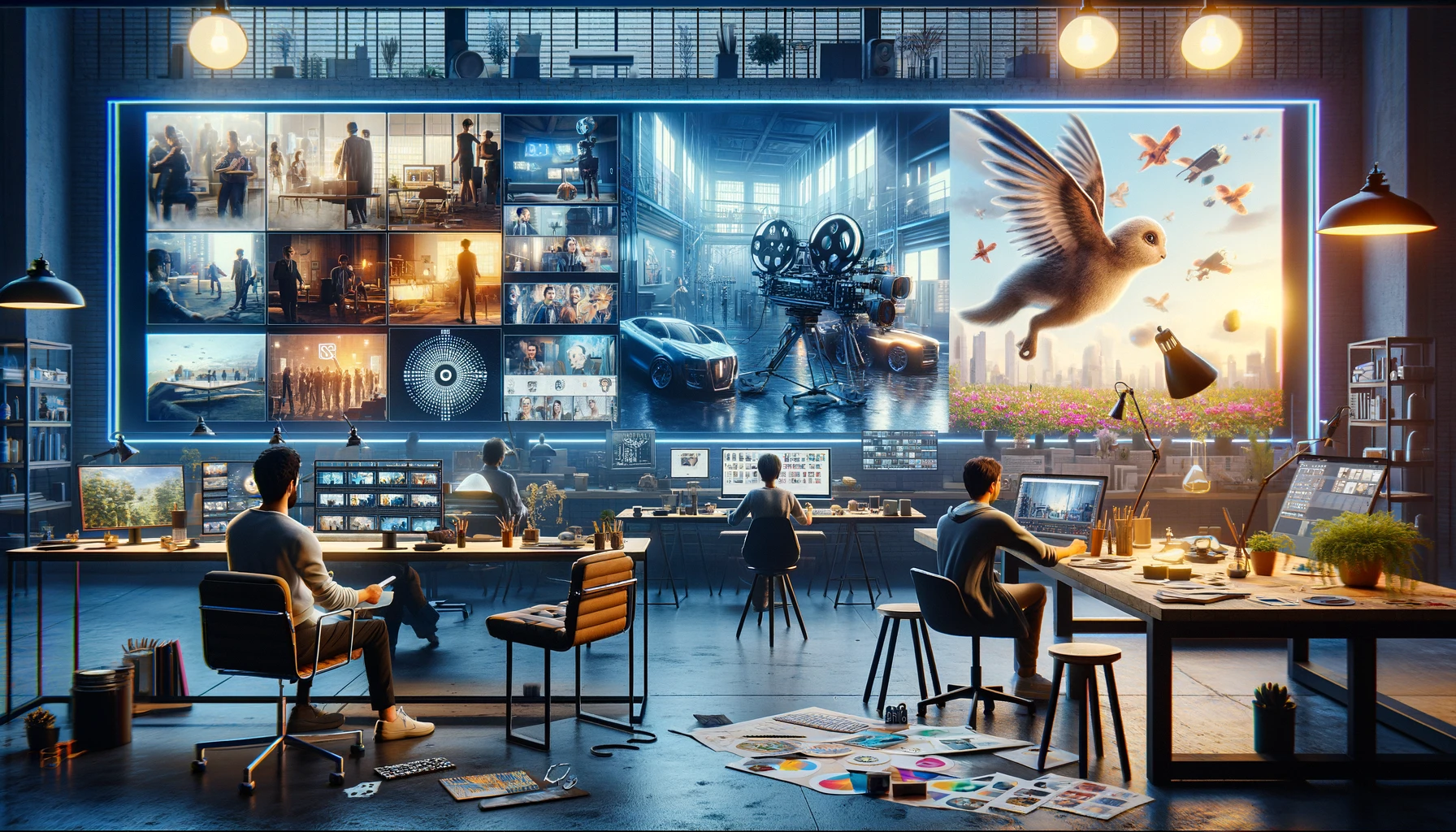
The applications of Sora are virtually limitless. In the entertainment industry, filmmakers can use Sora to quickly produce concept trailers, exploring different visual styles and narrative structures. In advertising, marketing professionals can create customized video content tailored to different audiences and occasions. Furthermore, individual users can also utilize Sora to craft personalized video greetings or social media content, making creative production accessible to everyone.
5. Challenges and Limitations of Sora
Despite the enormous potential of Sora, it also faces several challenges and limitations. For instance, the current access to Sora is restricted, with only a select few researchers and professionals being able to test and provide feedback. Additionally, creating content that adheres to all cultural and societal standards poses a challenge, as the generated content by Sora may require review and adjustments to avoid inappropriate or controversial material. Technically, dealing with complex, multi-layered text descriptions remains a hurdle, potentially limiting the diversity and depth of the generated video content.
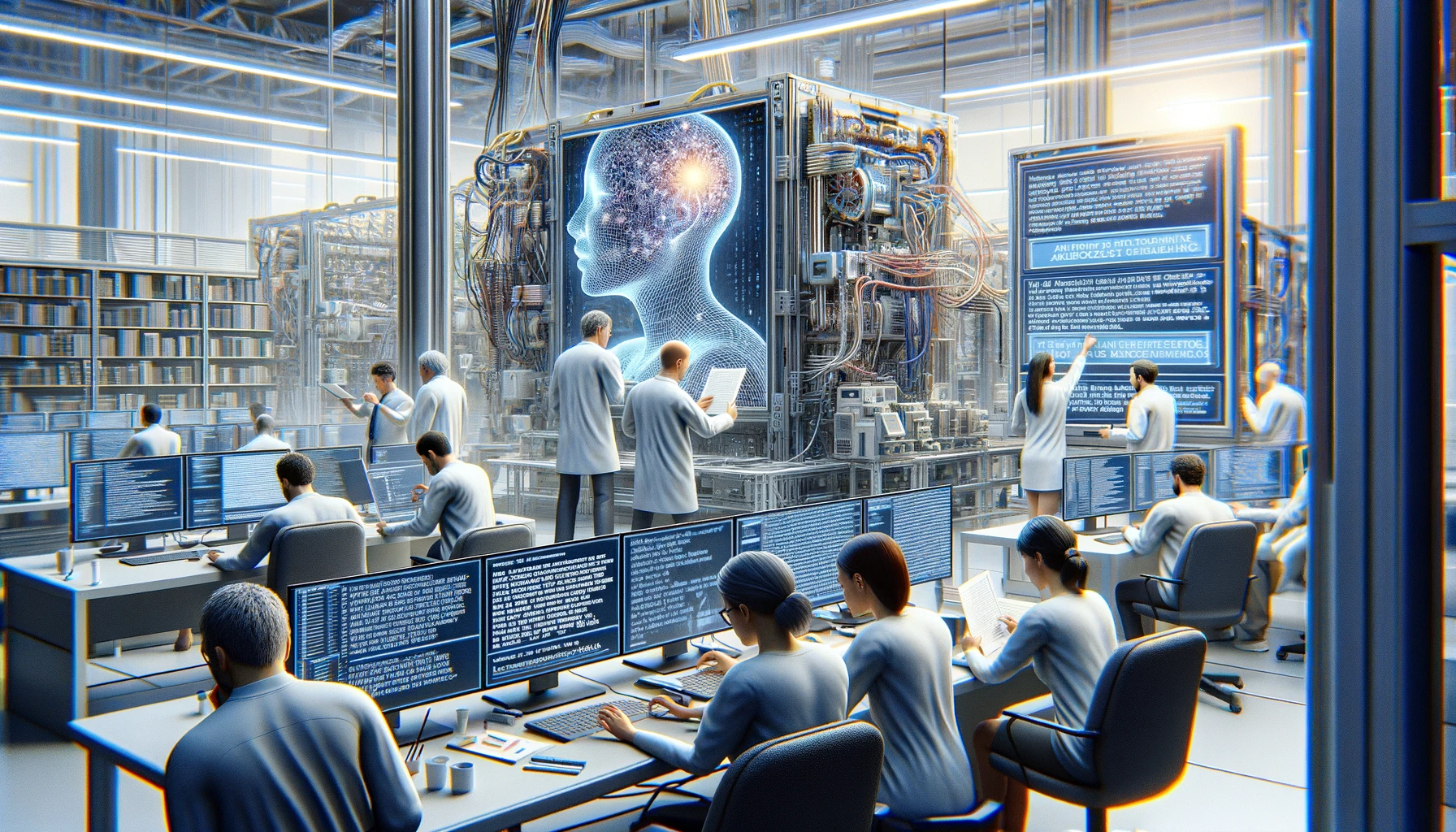
We can see that Sora is not just a technological advancement; it has also opened up new possibilities for creative expression, education, and entertainment. At the same time, it has sparked in-depth reflections and discussions on its potential impact. With the continuous progress of technology and its broader applications, we can anticipate that Sora will bring innovation to the creative industry.

